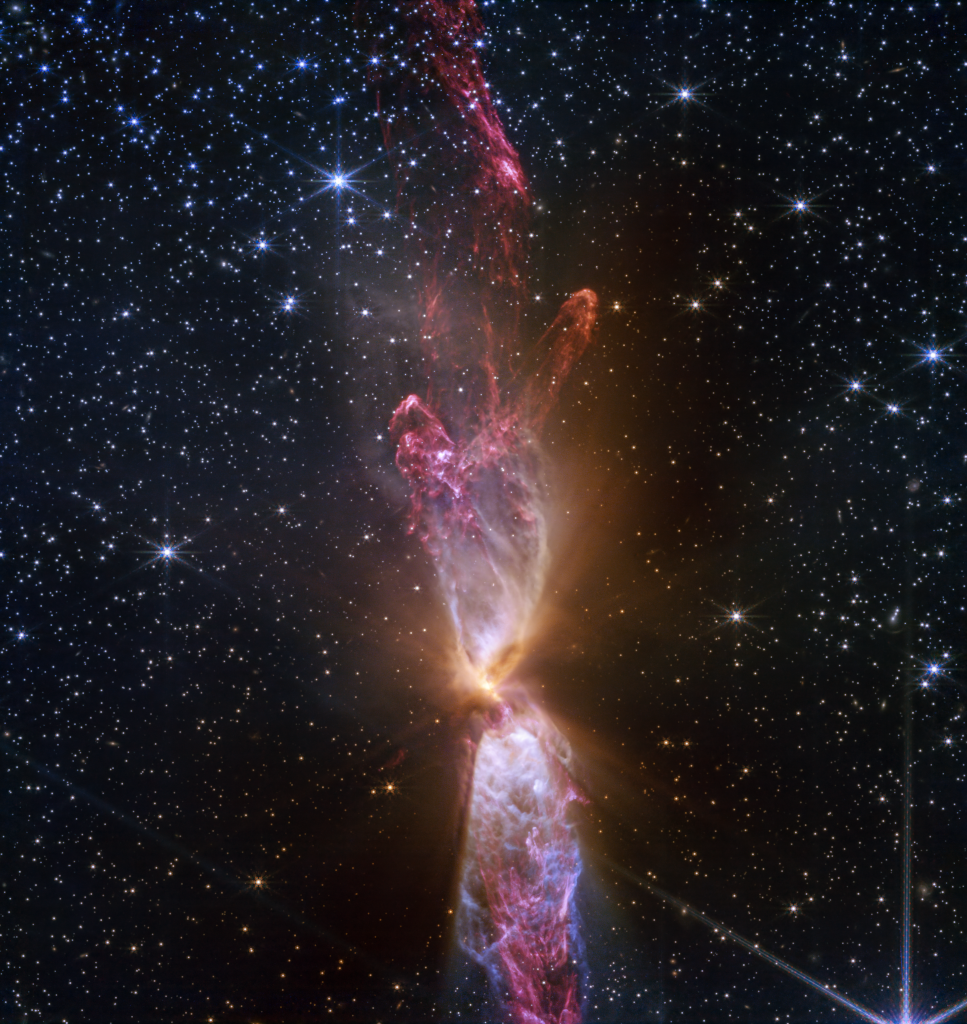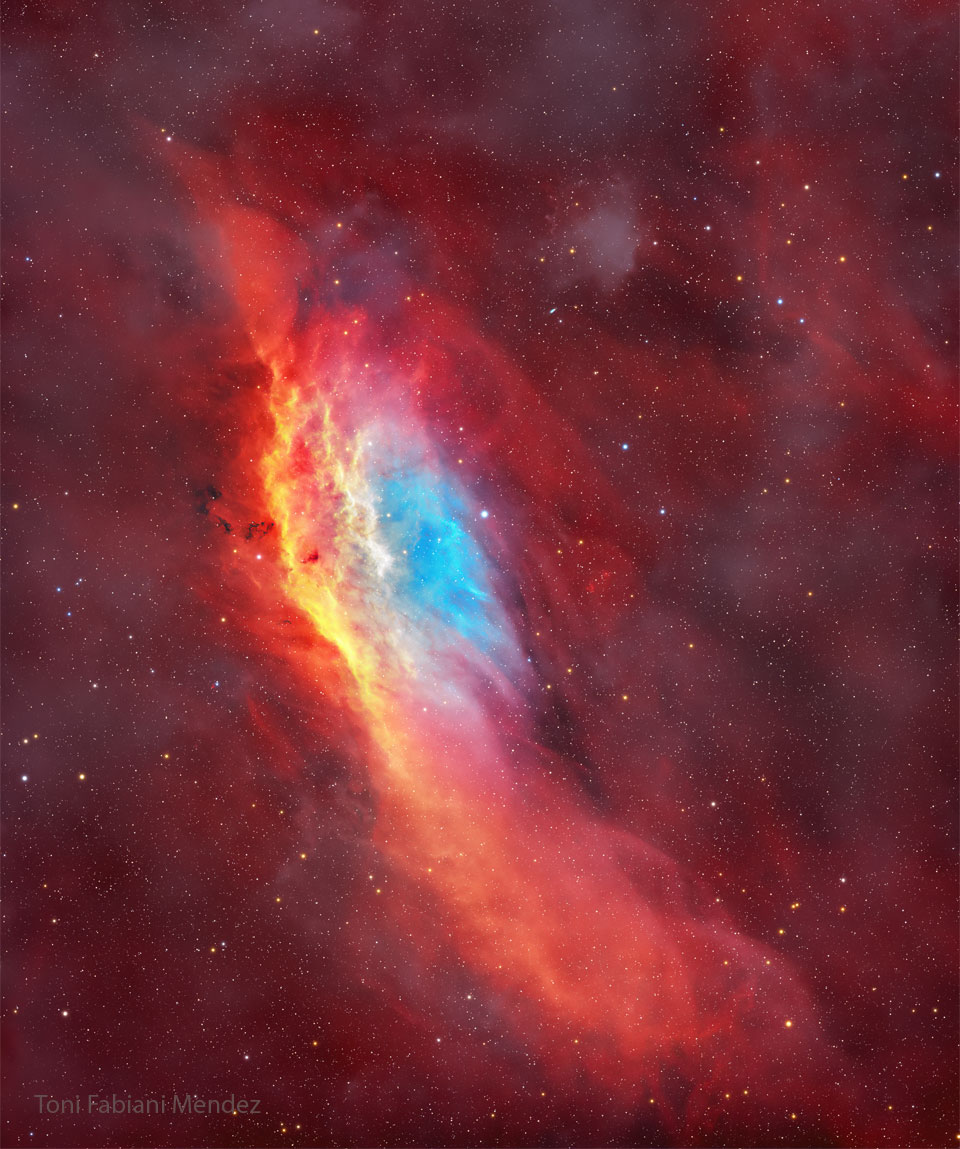Blog
Georg Philipp Telemann (24 March [O.S.14 March] 1681 – 25 June 1767) was a German Baroque composer and multi-instrumentalist. He is one of the most prolific composers in history, at least in terms of surviving oeuvre. Telemann was considered by his contemporaries to be one of the leading German composers of the time, and he was compared favourably both to his friend Johann Sebastian Bach, who made Telemann the godfather and namesake of his son Carl Philipp Emanuel, and to George Frideric Handel, whom Telemann also knew personally.
Almost completely self-taught in music, he became a composer against his family’s wishes. After studying in Magdeburg, Zellerfeld, and Hildesheim, Telemann entered the University of Leipzig to study law, but eventually settled on a career in music. He held important positions in Leipzig, Sorau, Eisenach, and Frankfurt before settling in Hamburg in 1721, where he became musical director of that city’s five main churches. While Telemann’s career prospered, his personal life was always troubled: his first wife died less than two years after their marriage, and his second wife had extramarital affairs and accumulated a large gambling debt before leaving him. As part of his duties, he wrote a considerable amount of music for educating organists under his direction. This includes 48 chorale preludes and 20 small fugues (modal fugues) to accompany his chorale harmonisations for 500 hymns. His music incorporates French, Italian, and German national styles, and he was at times even influenced by Polish popular music. He remained at the forefront of all new musical tendencies, and his music stands as an important link between the late Baroque and early Classical styles. The Telemann Museum in Hamburg is dedicated to him.
more...Robert Pete Williams (March 14, 1914 – December 31, 1980 Zachary, LA) was an American Louisiana blues musician. His music characteristically employed unconventional structures and guitar tunings, and his songs are often about the time he served in prison. His song “I’ve Grown So Ugly” has been covered by Captain Beefheart, on his album Safe as Milk (1967), and by The Black Keys, on Rubber Factory (2004).
more...3-14-1951 EUGENE GREY is an internationally traveled and acclaimed Jamaican guitarist, arranger, composer, and music educator. According to Rootz Reggae & Kulcha magazine, “Eugene Grey is yet another of the many genius guitarists of world class status that Jamaica has produced” playing professionally from the age of 14. Eugene has toured worldwide as lead guitarist with such artists as Grammy Award winners Burning Spear and Toots and the Maytals, Sly and Robbie as well as Culture, Fab 5, and the internationally acclaimed Kid Creole and the Coconuts. Other artists Eugene has performed with include Max Romeo whom he toured with for the first time in Europe, Horace Andy, Big Youth, The Harlem Renaissance Orchestra, America’s Singing Poet Steve DePass, West Africa’s Abdou M’Boup and Vieux Diop, Tony Cafresi and His Latin Orchestra, The Wailers, and The Skatalites.
Another aspect of Eugene’s career included performing as musician in theatre musicals. He was a member of the orchestra in the Off-Broadway play “In A Pigs Valise” in 1989; “Pecong” in 1991 at Newark Symphony Hall and the Off Broadway Classical musical “Sally and Tom” at Castillo Theatre in 1995/96. He was Musical Director for the Off-Broadway musical “Rasta” in 1995 as well as in 2004 for Irving Burgie’s musical revue “Day-O” at the Stratford East in London. Eugene had years earlier arranged 42 of the original songs of his longtime employer, Irving Burgie for this Broadway Musical review that were made famous by Harry Belafonte.
more...Erev Shabbat Service with speaker Omri Barkin and Purim Celebration music with Inbal Sharret-Singer, Jayson Rodovsky, Pete Whitman and mick laBriola
more...Two protostars are hidden in a single pixel near the center of a striking hourglass-shaped nebula in this near-infrared image from the James Webb Space Telescope. The actively forming star system lies in a dusty molecular cloud cataloged as Lynds 483, some 650 light-years distant toward the constellation Serpens Cauda. Responsible for the stunning bipolar outflows, the collapsing protostars have been blasting out collimated energetic jets of material over tens of thousands of years. Webb’s high-resolution view shows the violence of star-formation in dramatic detail as twisting shock fronts expand and collide with slower, denser material. The premier close-up of the star-forming region spans less than 1/2 a light-year within dark nebula Lynds 483.

Ulvi Cemal Erkin (Turkish pronunciation: [ulˈvi dʒeˈmal æɾˈcin]) (March 14, 1906 – September 15, 1972) was a member of the pioneer group of symphonic composers in Turkey, born in the period 1904–1910, who later came to be called The Turkish Five. These composers set out the direction of music in the newly established Turkish Republic. These composers distinguished themselves with their use of Turkish folk music and modal elements in an entirely Western symphonic style.
more...Joe Mooney (March 14, 1911 – May 12, 1975) was an American jazz and popaccordionist, organist, and vocalist.
Mooney was born in Paterson, New Jersey, United States. He went blind when he was around 10 years of age.
Mooney’s first job, at age 12, was playing the piano for requests called in to a local radio station. He and his brother, Dan, played together on radio broadcasts in the late 1920s, and recorded between 1929 and 1931 as the Sunshine Boys and the Melotone Boys; both sang while Joe accompanied on piano. They continued performing together on WLW in Cincinnati until 1936, after which time Dan Mooney left the music industry.
In 1937, Mooney began working as a pianist and arranger for Frank Dailey, a role he reprised with Buddy Rogers in 1938. Through the early 1940s he arranged for Paul Whiteman, Vincent Lopez, Larry Clinton, Les Brown, and The Modernaires.
more...Quincy Delight Jones Jr. (March 14, 1933 – November 3, 2024 Chicago) was an American record producer, composer, arranger, conductor, trumpeter, and bandleader. Over the course of his seven-decade career, he received many accolades including 28 Grammy Awards, a Primetime Emmy Award, and a Tony Award as well as nominations for seven Academy Awards and four Golden Globe Awards.
Jones came to prominence in the 1950s as a jazz arranger and conductor before producing pop hit records for Lesley Gore in the early 1960s (including “It’s My Party“) and serving as an arranger and conductor for several collaborations between Frank Sinatra and the jazz artist Count Basie. Jones produced three of the most successful albums by Michael Jackson: Off the Wall (1979), Thriller (1982), and Bad (1987). In 1985, Jones produced and conducted the charity song “We Are the World“, which raised funds for victims of famine in Ethiopia.
Jones composed numerous film scores including for The Pawnbroker (1965), In the Heat of the Night (1967), In Cold Blood (1967), The Italian Job (1969), The Wiz (1978), and The Color Purple (1985). He won the Primetime Emmy Award for Outstanding Music Composition for a Series for the miniseries Roots (1977). He received a Tony Award for Best Revival of a Musical as a producer for the revival of The Color Purple(2016).
Throughout his career he was the recipient of numerous honorary awards including the Grammy Legend Award in 1992, the Jean Hersholt Humanitarian Award in 1995, the Kennedy Center Honors in 2001, the National Medal of the Arts in 2011, the Ordre des Arts et des Lettres in 2014, and the Academy Honorary Award in June 2024. He was named one of the most influential jazz musicians of the 20th century by Time.
more...Local residents of the Spanish province called Almeria, nicknamed ‘tarantos,’ have given their name to a Flamenco cante and toque, an exceptionally rhythmic style with close ties to Tarantas. Tarantos have a rigorous, assertive compas in 2/4 or 4/4 time. Tarantas, on the other hand, are a toque libre. Tarantas is a form of Fandango Grande which began in Almeria and its nearby neighbors in the Spanish Levante.
Tarantas grew out of the folk music of these southeastern Spanish provinces. They tell assorted stories, mostly about the mining industry, a business which was (and still is today) fraught with danger. The songs, therefore, have a plethora of tragic material to draw from, giving voice to the sorrows and deprivations of the miners’ lives. According to one theory, Andalusian laborers who traveled to work in the mines of La Union brought them to Almeria. Yet another theory argues that the coplas were originally local ones that musicians transformed into the Flamenco style of Cante. Whatever their origin, they speak to the range of human emotion.
Unique-sounding harmony and ornamentation give both Tarantas and Tarantos an Eastern flavor. Played in the Phrygian mode based on F sharp, the music has a distinguishing dissonant sound, produced by the basic chord pattern having F and C on the three bass strings against three open treble strings, forming the chord consisting of the notes F, C, F, G, B, and E.
more...
This molecular space cloud echoes the outline of the state of California, USA. Our Sun has its home within the Milky Way’sOrion Arm, only about 1,000 light-years from the California Nebula. Also known as NGC 1499, the classic emission nebula is around 100 light-years long. On the featured image, the most prominent glow of the California Nebula is the red light characteristic of hydrogen atoms recombining with long lost electrons, stripped away (ionized) by energetic starlight. The star most likely providing the energetic starlight that ionizes much of the nebular gas is the bright, hot, bluish Xi Persei just to the right of the nebula. A regular target for astrophotographers, the California Nebula can be spotted with a wide-field telescope under a dark sky toward the constellation of Perseus, not far from the Pleiades.

Otis Verries Hicks (March 13, 1913 – July 27, 1974 Good Pine, LA), known as Lightnin’ Slim, was an American blues musician who played Louisiana blues and swamp blues for Excello Records.
more...Richard Allen “Blue“ Mitchell (March 13, 1930 – May 21, 1979 Miami) was an American trumpeter and composer who worked in jazz, rhythm and blues, soul, rock and funk. He recorded albums as leader and sideman for Riverside, Mainstream Records, and Blue Note.
Mitchell performed with the Harold Land quintet until he died from cancer on May 21, 1979, in Los Angeles, California, aged 49.
more...Roy Owen Haynes (March 13, 1925 – November 12, 2024 Boston) was an American jazz drummer. In the 1950s he was given the nickname “Snap Crackle” for his distinctive snare drum sound and musical vocabulary. He was among the most recorded drummers in jazz. In a career spanning over eight decades, he played swing, bebop, jazz fusion, and avant-garde jazz. He is considered to have been a pioneer of jazz drumming.
Haynes led bands, including the Hip Ensemble. His albums Fountain of Youth and Whereas were nominated for a Grammy Award. He was inducted into the Modern Drummer Hall of Fame in 1999.
more...More Posts
- Flamenco Fridays with Pepe de Almería
- Daily Roots with the Ethiopians
- Music for Surviving the Pandemic and Realizing Racial Justice
- The Cosmos with NGC 2359
- Robert Plant Day
- Isaac Hayes Day
- John Clayton Day
- Frank Rosolino Day
- World Fusion with Peter Phippen & Arja Kastinen
- Daily Roots with Ronnie Davis and the Tennors
- Music for Surviving the Pandemic and Realizing Racial Justice
- The Cosmos with SDSS J1240+6710
- Johnny Nash Day
- Ginger Baker Day
- Jimmy Rowles Day
- Eddie Durham Day
- Daily Roots with Errol Dunkley
- World Music with Nation Beat
- Music for Surviving the Pandemic and Realizing Racial Justice
- The Cosmos with NGC 2442

